A strange but satisfying aspect of my time here (I’m at the Aspen Center for Physics, recall) has been the fact that due to some odd serendipity, there’s a ton of people from the “old days”. Which ones? My Princeton years, in the early 90s, as a postdoc at the Institute for Advanced Study (and later at Princeton University). These are not all people doing what I do, but in a wide range of fields such as high energy physics, astrophysics, condensed matter physics. Several of us were postdocs together. I’ve been chatting with people I’ve not seen for a while, sometimes not since those days, or they are people I met back then, and with whom I have a pool of shared memories from those days. So it has put me in mind of those times somewhat.
A quick example. Soon after I arrived last week, I was walking along, chatting with Petr Horava (Berkeley) about various things, and we got on to reminiscing a bit about our time together as postdocs in Princeton. And then minutes later, as though conjured from the very substance of our conversation, who should walk by but one of the Gods/Legends of the field (then and now), Princeton’s Alexander Polyakov. He walked by in exactly the same sort of way he would back then, either coming from or going to a walk along the river or canal, perhaps to give us a lecture. Petr and I looked at each other, and continued our walk and talk.
The great news for me last week was that Polyakov then gave a talk. I’ll admit to being a big fan of his physics. When he gives a talk nearby, I show up, no matter how confused I might end up at the end. There’s going to be good stuff in there – it’s only a matter of time before it sorts itself out in your head. Often years. Decades. Several of us sat in on his graduate class back in Princeton in the early 90s just to try to catch the pearls of wisdom which we’d pick up as he lectured on….. Well, I’ve no idea to this day what the class was really about. He would show up (probably fresh from a walk), with no notes or anything, and just pick up a piece of chalk, stare out the window for a few seconds, and then start writing stuff. Essentially, he was randomly jumping around the subject matter in his widely under-read book “Gauge Fields and Strings”. He was all over the book. It was not always a simple and coherent path through the subject matter, and it seemed that he was largely exploring whatever took his mood in the moment, but I suspect that was largely my ignorant young mind’s impression.

A. M. Polyakov in the middle of giving what for me was an excellent and intriguing seminar at the Aspen Center for Physics. Click for larger view.
Sadly, it is the type of course that these days would score close to zero in most […] Click to continue reading this post →
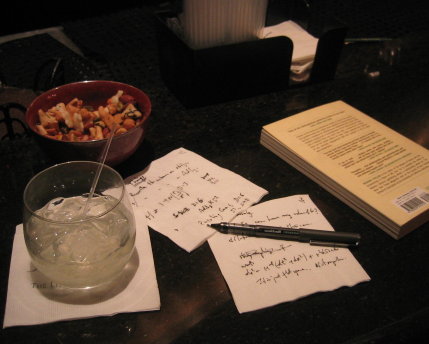

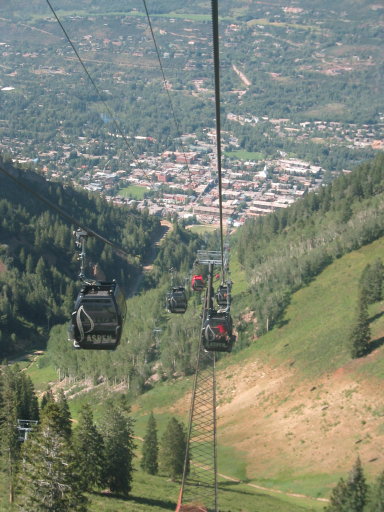
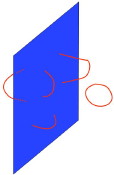


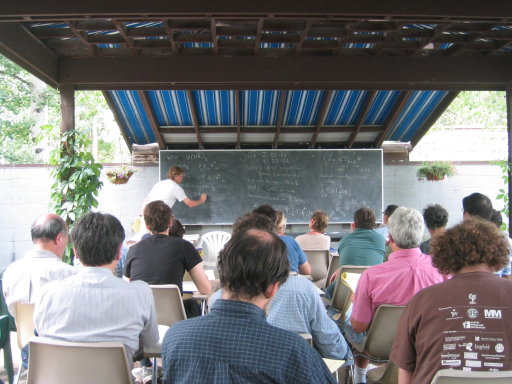
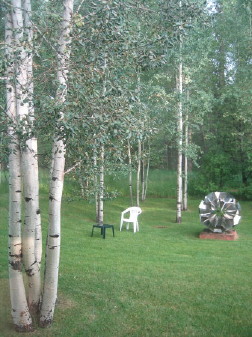

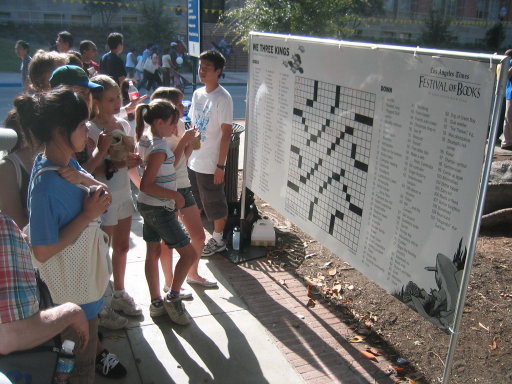
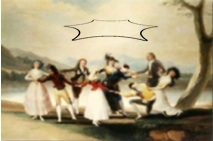
 …and then you have days when nothing works. At all. This was not like
…and then you have days when nothing works. At all. This was not like 
